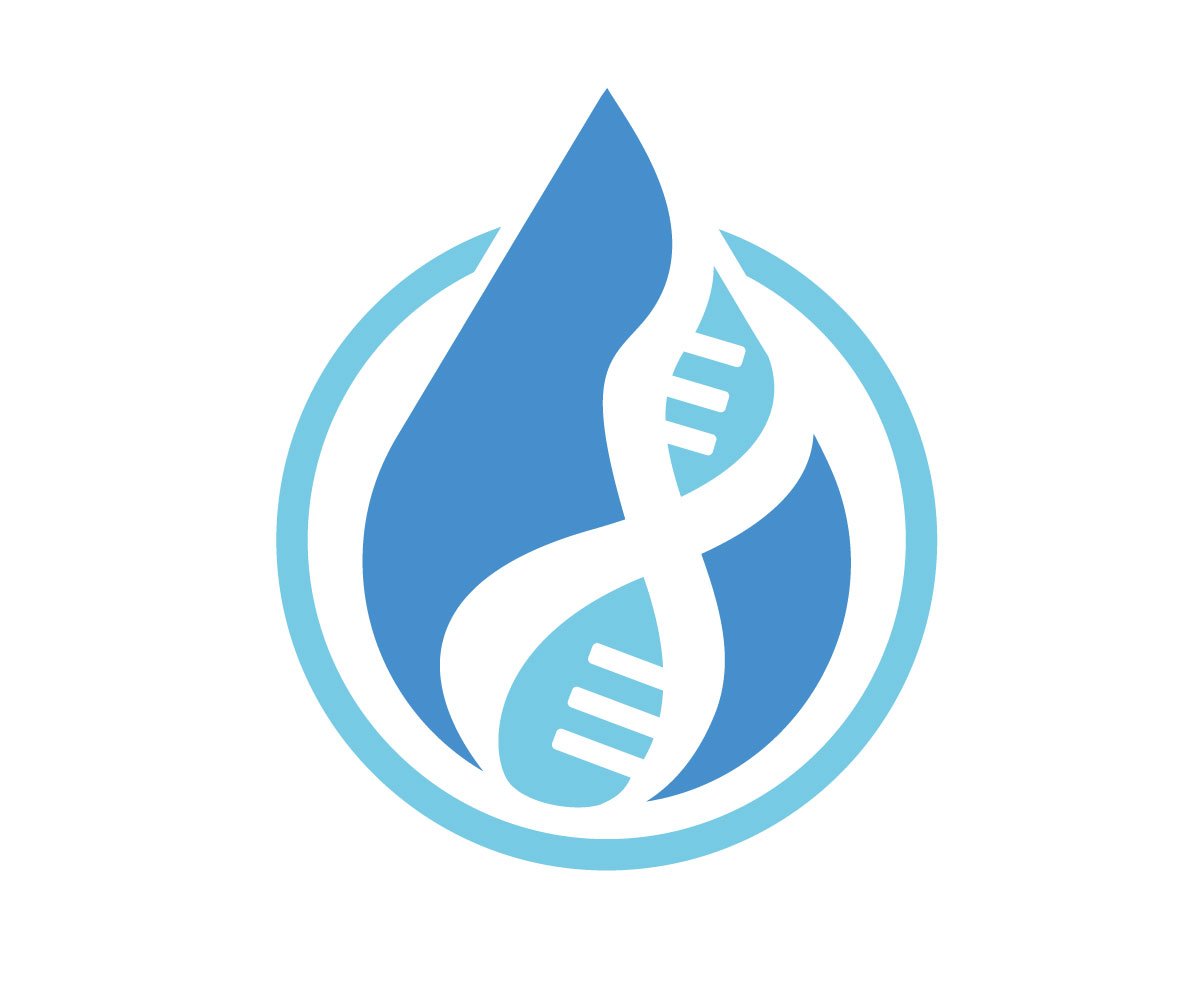(Don’t) Be Still, My Beating Heart
February is Heart Month, which makes it a perfect time to discuss heart health and how genetic counseling and DNA testing might help you understand your chance of heart disease.
Sign up to read this post
Join Now

